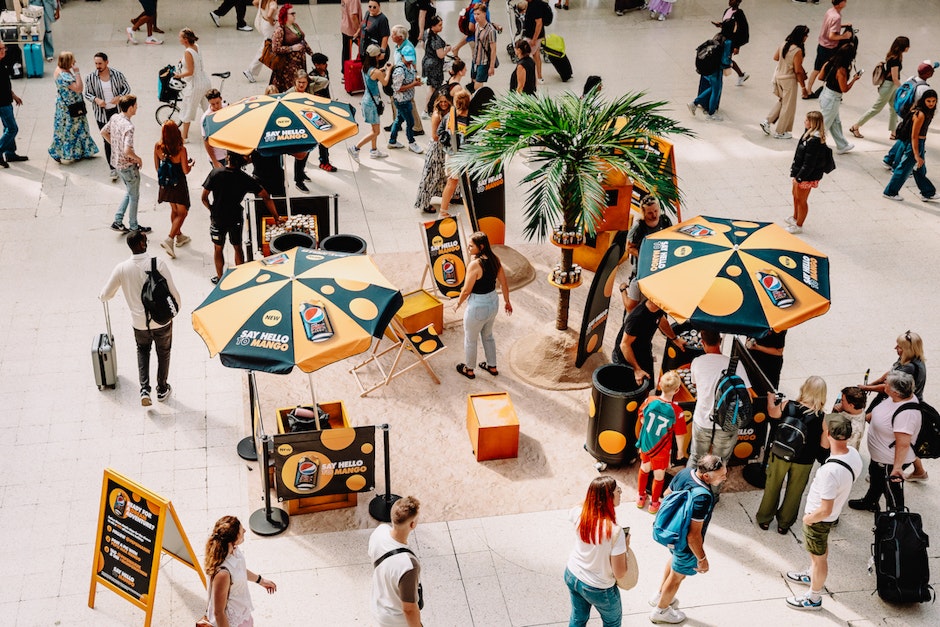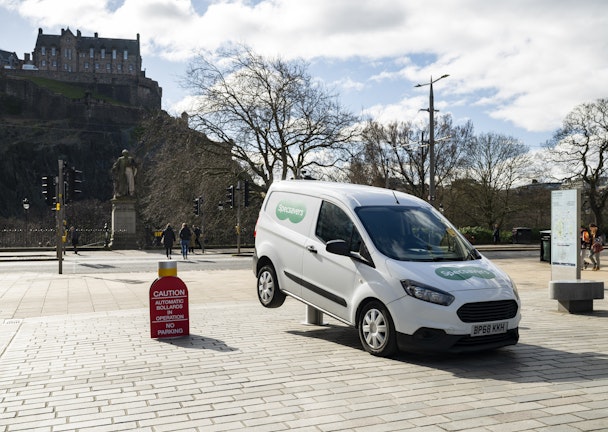The attention Olympics: How brands can win gold capturing consumer attention using OOH
Dan Dawson, chief creative officer at Grand Visual - part of Talon - shares how you can find more mindful and entertaining ways to capture attention using OOH.

We live in busy times. Our digital and media footprints are bigger and more varied than ever, and our daily lives often seem like an open invitation for brands to make a grab for our attention at any and every moment.
Addictive behaviors like swiping and scrolling have hooked us, sending more and more people to ad-blocking platforms and digital detoxes in a bid to reclaim their attention. But, as we all know, the lure of the social feed is hard to resist in the long term.
Embracing real-life activations with digital experiences
Brands have no choice but to lean into the attention economy, so one of the answers – if you want to keep consumers on board – is to find more mindful and entertaining ways to command attention that don’t leave your audience feeling empty and listless. The real winners will be the brands who combine real-life activations with digital experiences to produce a powerful blend of authenticity, surprise and craft, supercharging responses in a positive way.
As people remember only 10% of what they see but 90% of what they do (estimation my own), we have unique opportunities in the out of home (OOH) space to bring the audience in and make them part of an experience, to immerse them in our world for a brief moment. People are hungry for unique, shareable experiences that make them feel part of a brand's story, so whether it's through special builds, interactive digital displays, or clever use of data-driven messaging, the goal is to create moments that cut through the noise and forge emotional connections.
OOH stops people in their tracks
OOH is well placed to deliver the kind of one-off, entertaining encounters that stop people in their tracks. The convergence of creative optimization and programmatic advertising allows for real-time adjustments to messaging that ensure relevance and results in maximum impact. Get this right, and people will stop, look, and share the campaign – in the same way we photograph anything unexpected we might see as we move about our cities and our lives.
The “Should’ve gone to Specsavers” van was placed to look as though the driver’s eyesight wasn’t up to scratch when he missed the sign that said ‘Caution: No Parking,’ leaving his van suspended on some moving bollards. This provided an unexpected street scene that inspired passers-by to stop, enjoy, film and share.

When we started Grand Visual back in 2005, we used the strapline “Attention is important, but involvement is critical”. We have since dropped the line, but the ethos and methodology for delivering against it has stayed with us, because we believe that context is critical: it’s an opportunity to speak directly to a specific audience at a given time or location, or in response to data like traffic, train delays or the weather.
Our work for Google Maps used real-time data spread across different neighbourhoods around New York to encourage audiences to explore their local area. Messaging was based on location, time, temperature and day, and based on venue ratings and other first party data. The campaign delivered helpful, entertaining and smart advertising that tapped into the mindset of an audience as they moved around the city.
Sophisticated and real-time targeting
This kind of targeting is getting ever more sophisticated and real-time. Pepsi, for example, captured the attention of commuters and visitors with their experiential activation with JCDecaux at London’s Waterloo Station. The pop-up gave consumers the chance to try the new mango flavour drink and be in with the chance of winning a holiday, all by following a few simple steps, including social media engagement.
OOH is just one element of a changing consumer landscape, but to my mind, it’s evolving even more rapidly right now than alternative media investments. In the second half of 2024, with a calendar still full of global cultural, sporting, and political events, brands have unprecedented opportunities to create dynamic, relevant content that adapts to changing moments, mindsets, and audiences.
Enrich lives, spark joy and be part of the conversation
When every scroll, swipe, and glance is a potential battleground for consumer attention, the victors will be those who offer more than just products or services. They will be the brands that enrich lives, spark joy, and become an integral part of the cultural conversation, seamlessly blending into and enhancing the consumer's world in meaningful ways.
Ultimately, the brands that will thrive in the attention economy are those that understand a fundamental truth: attention is important, but involvement is critical. By creating experiences that engage consumers on multiple levels – emotional, intellectual, and experiential – brands can build lasting relationships that transcend traditional advertising.
